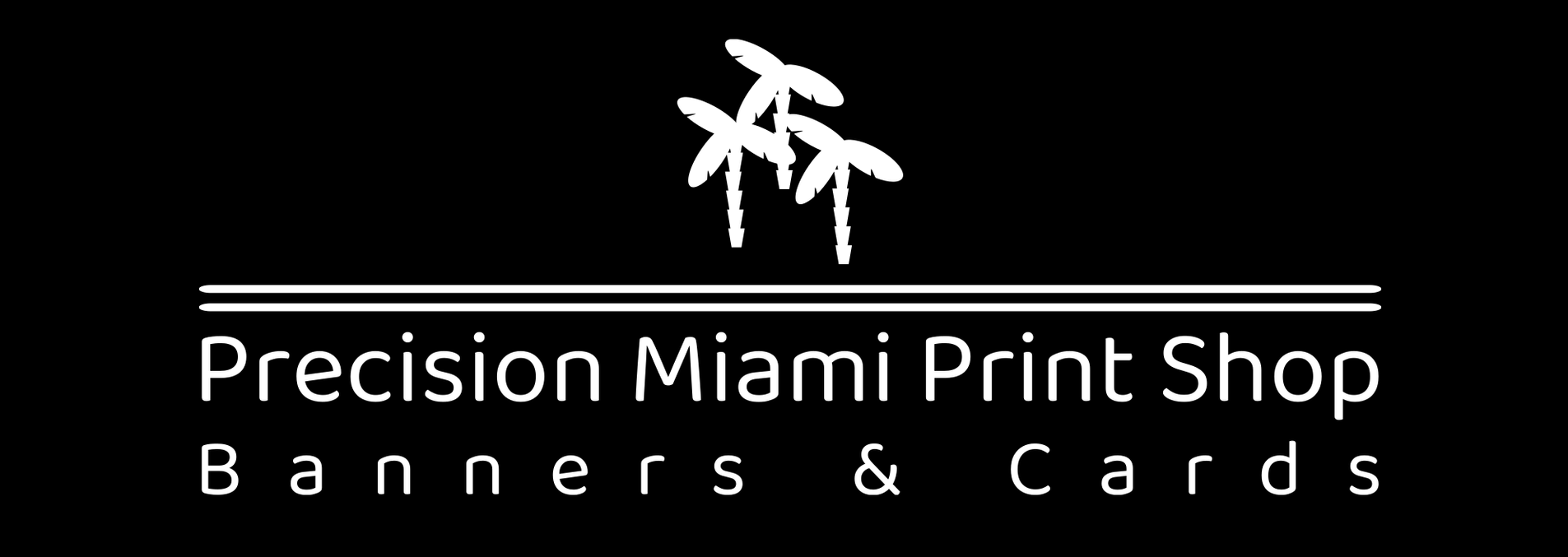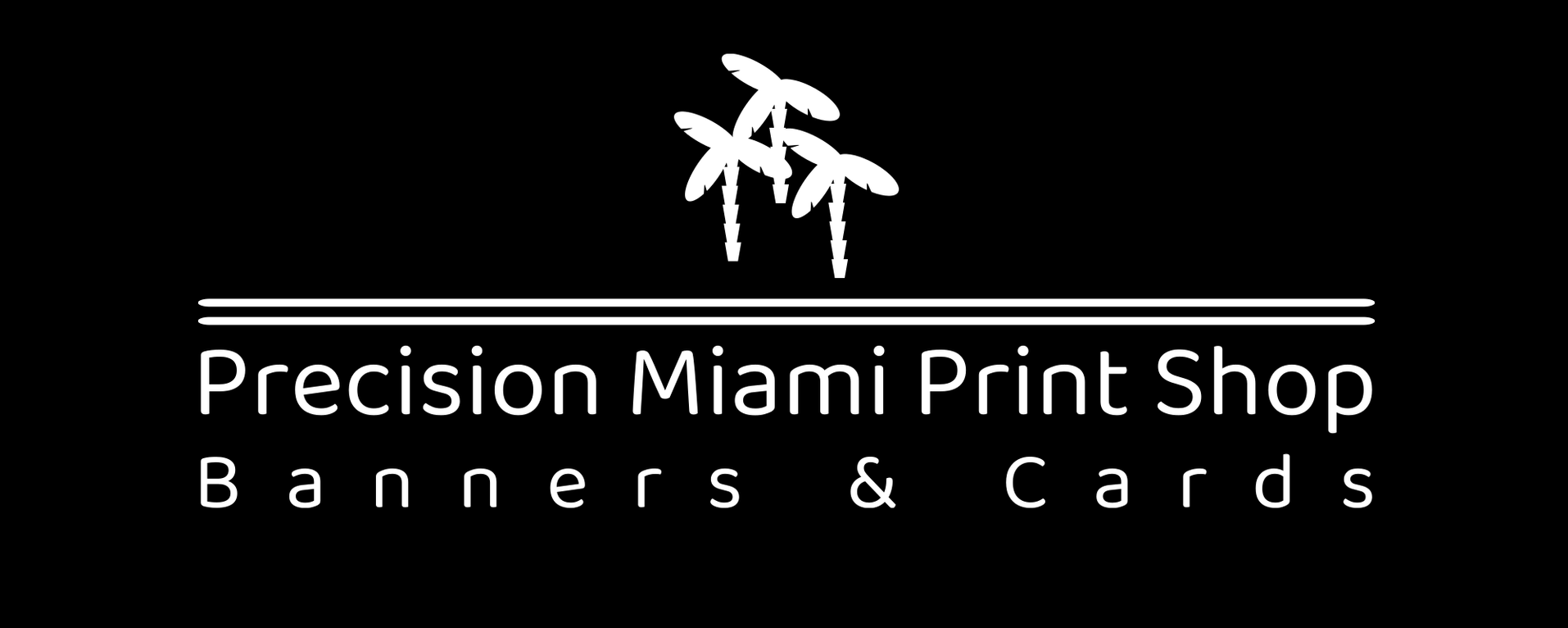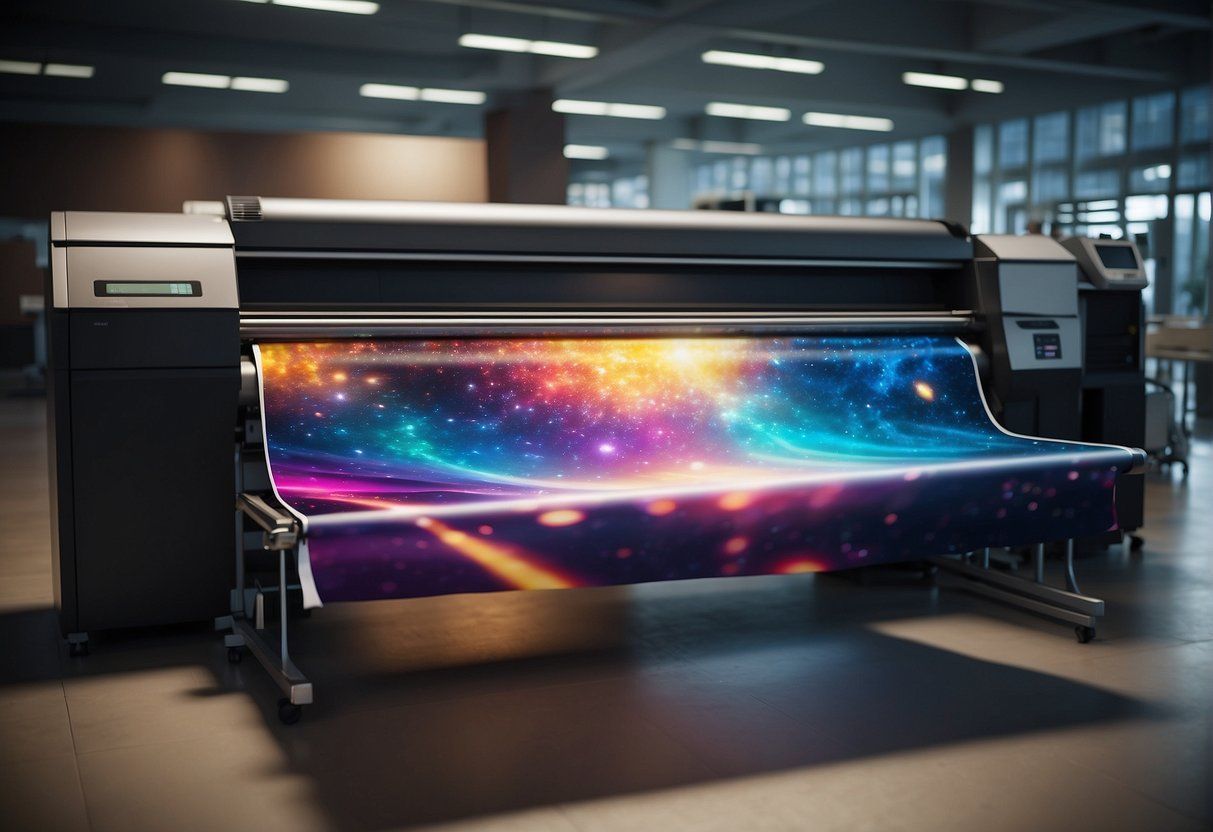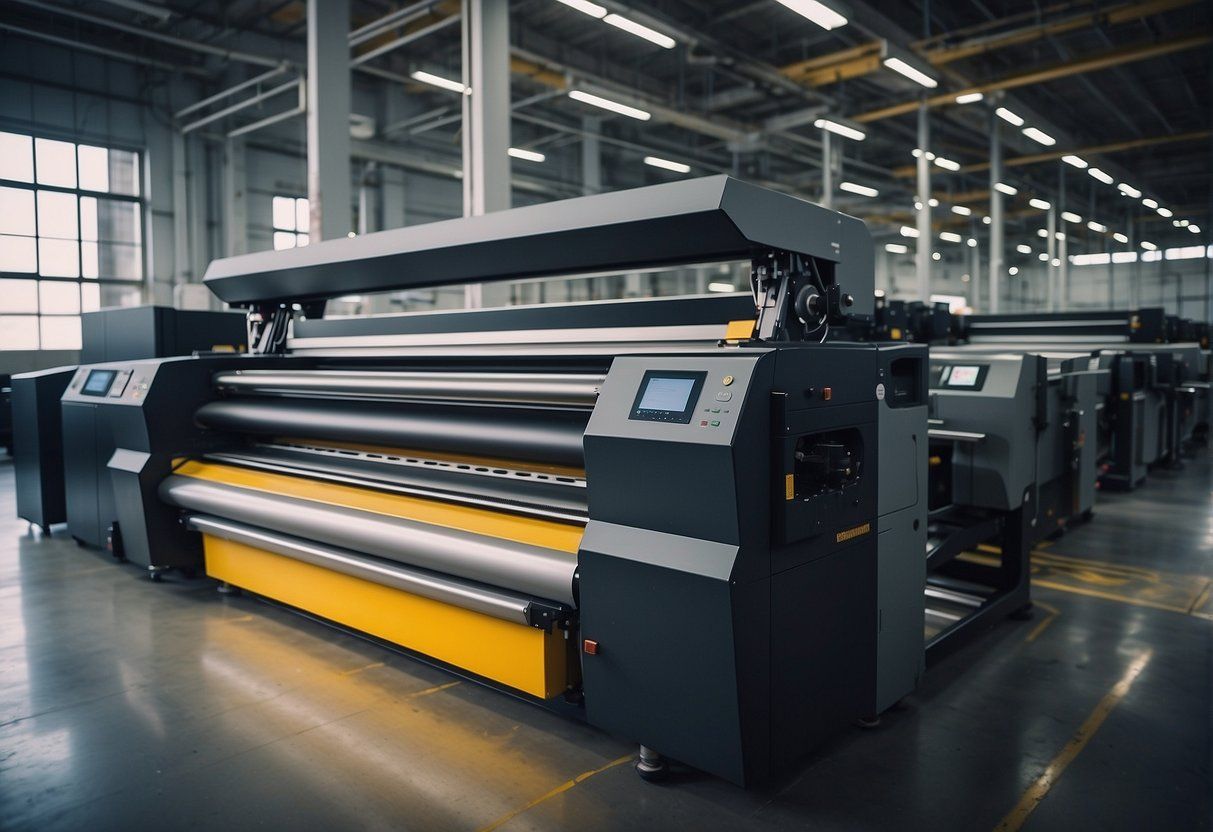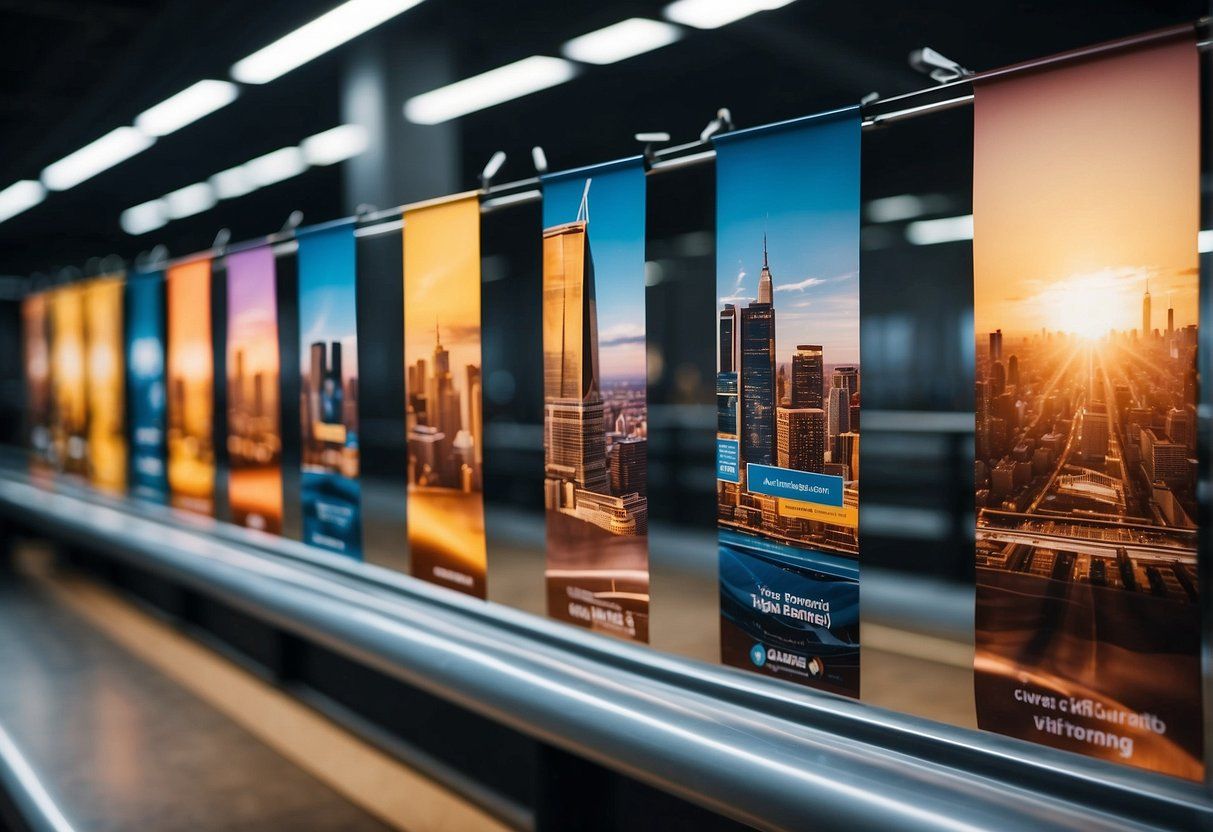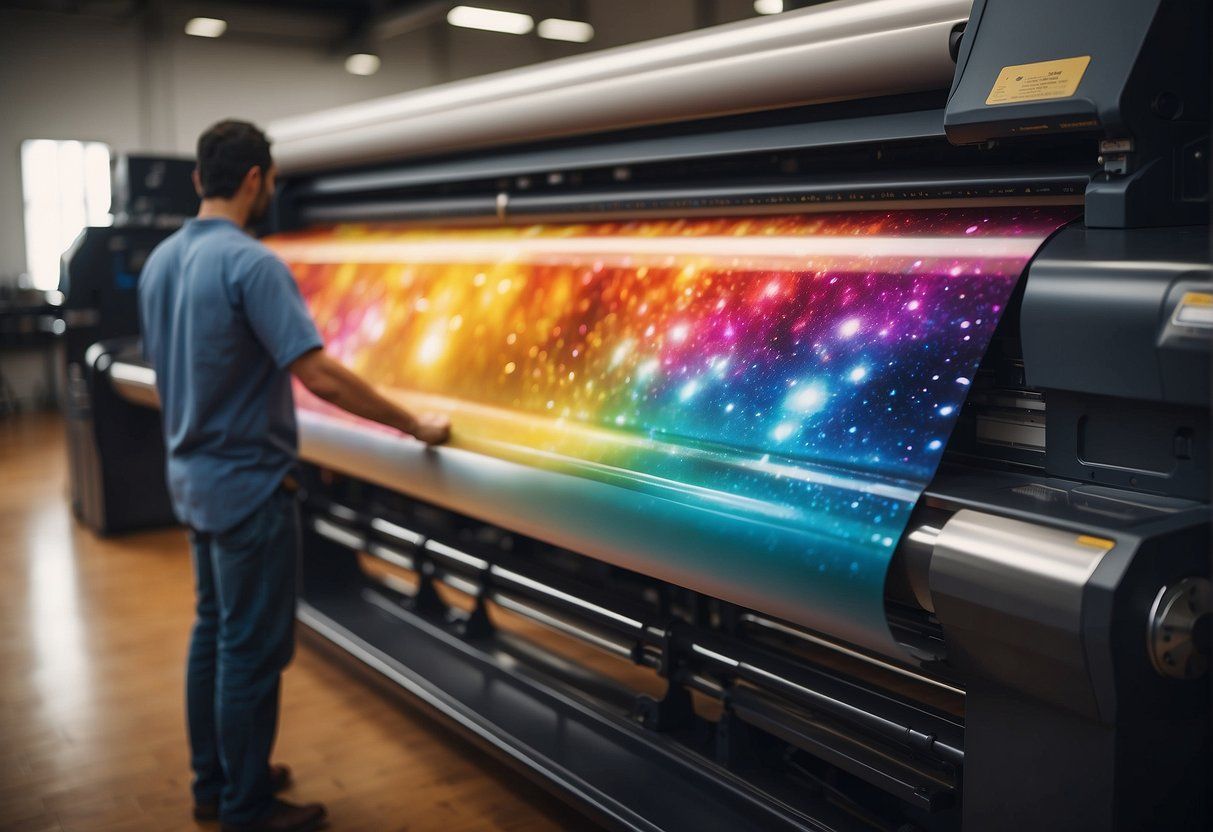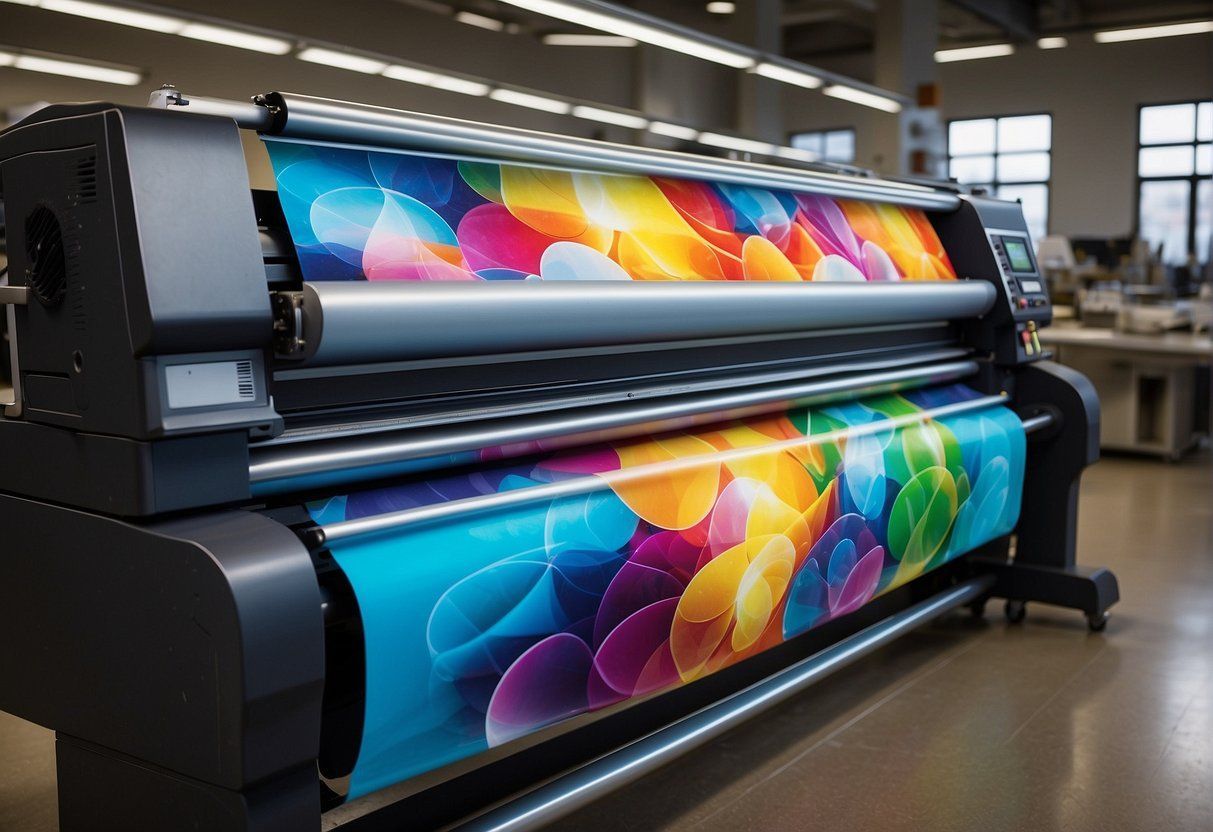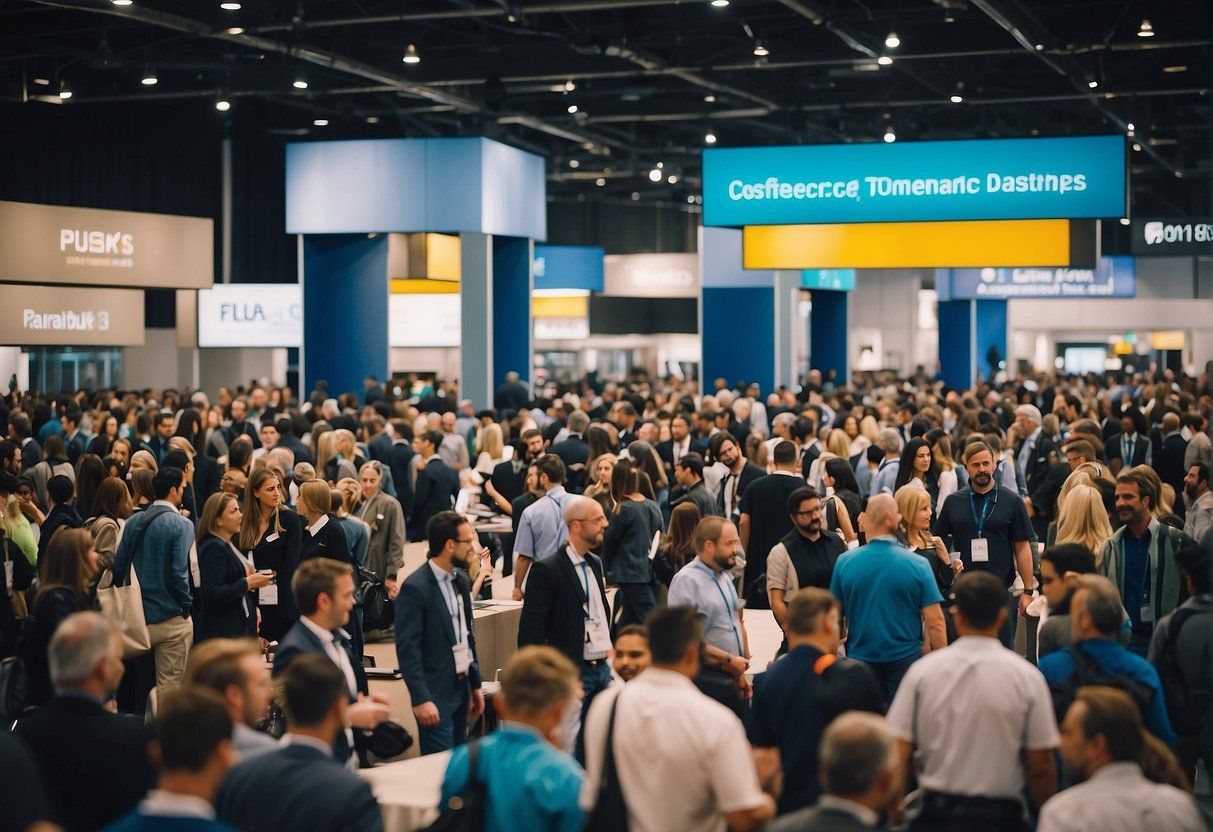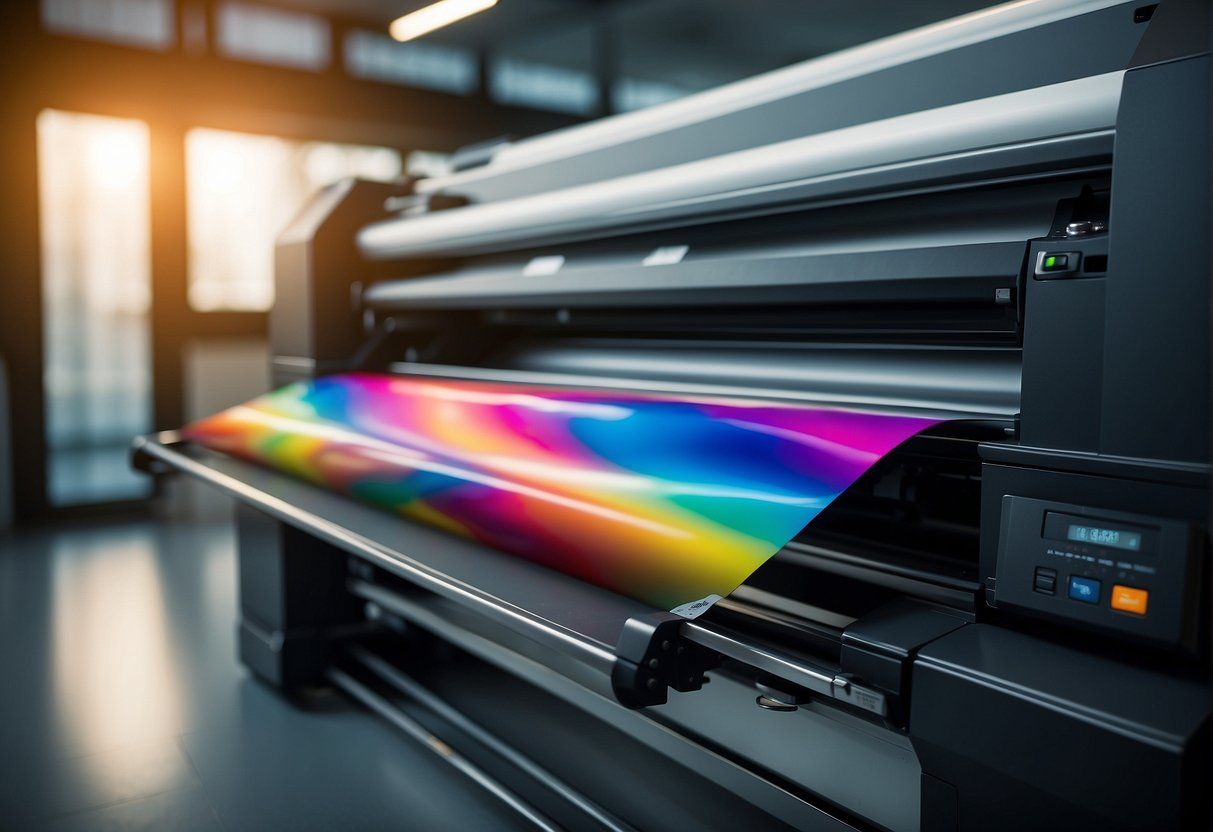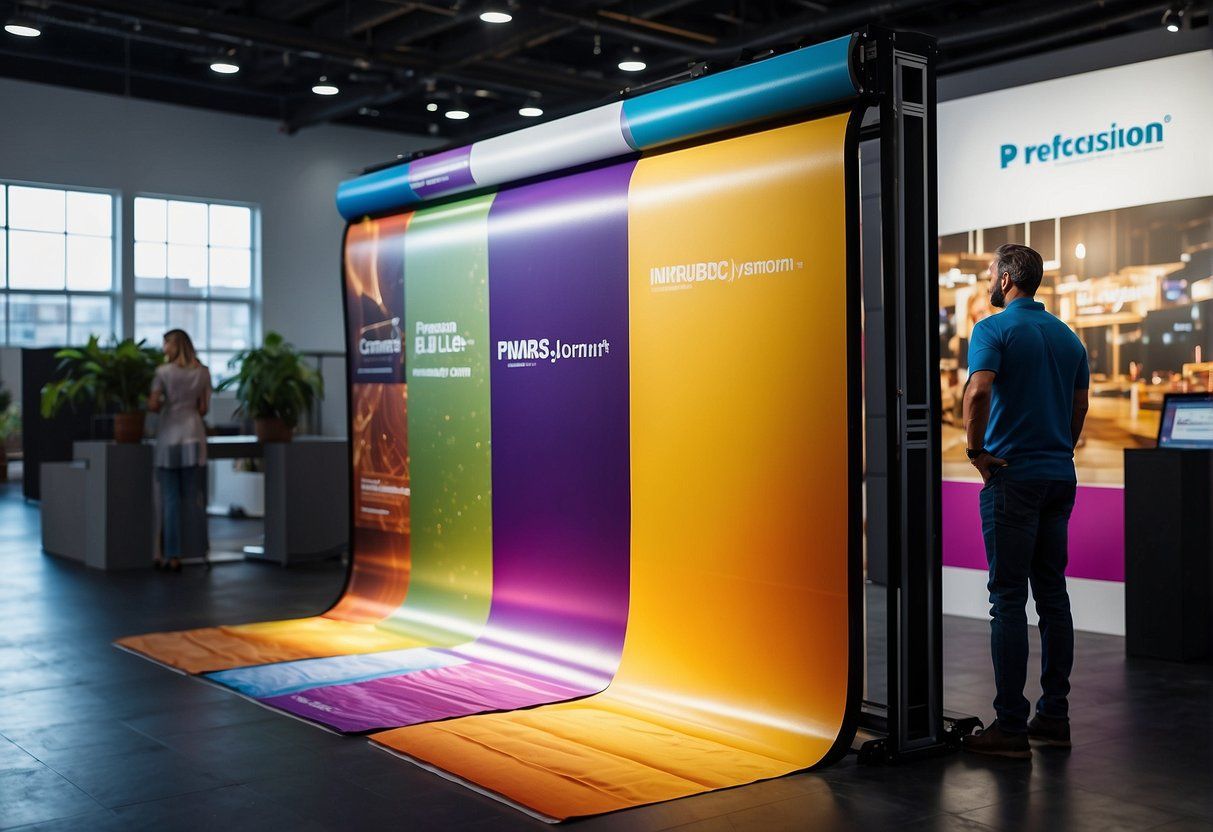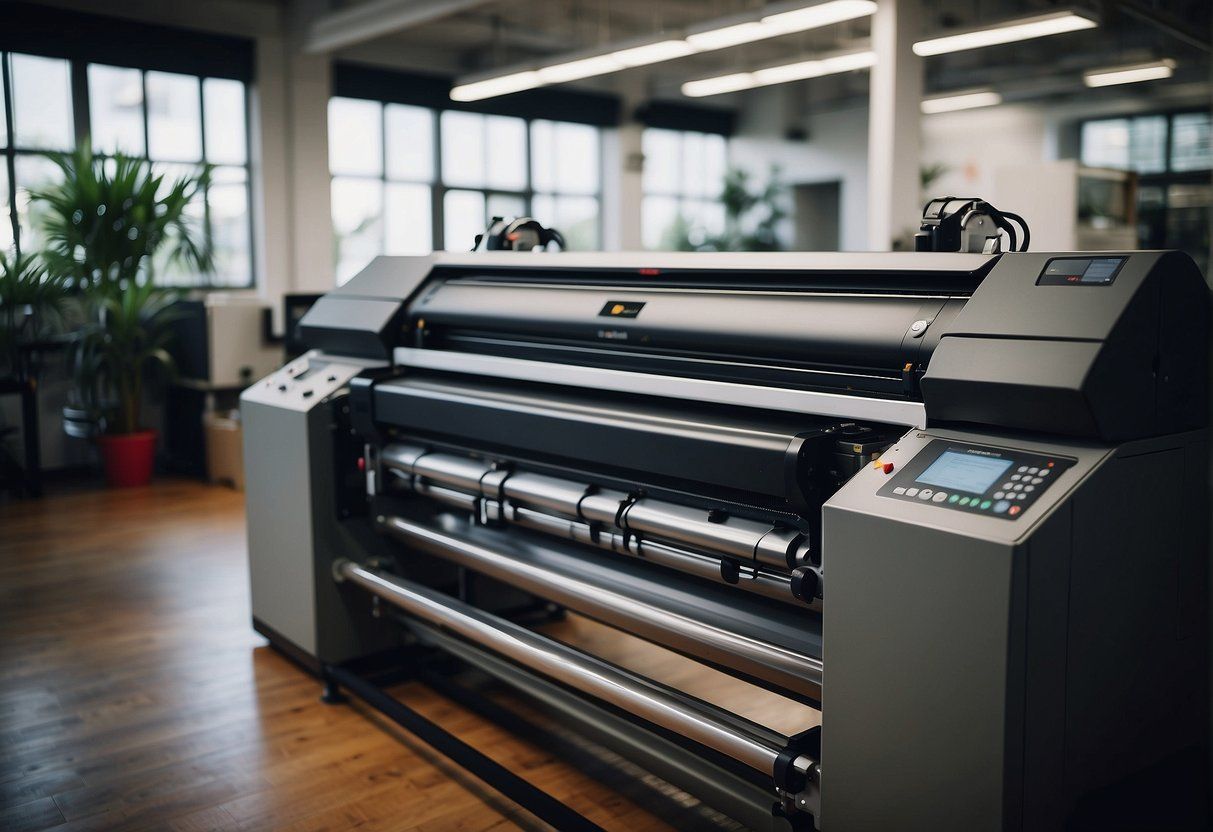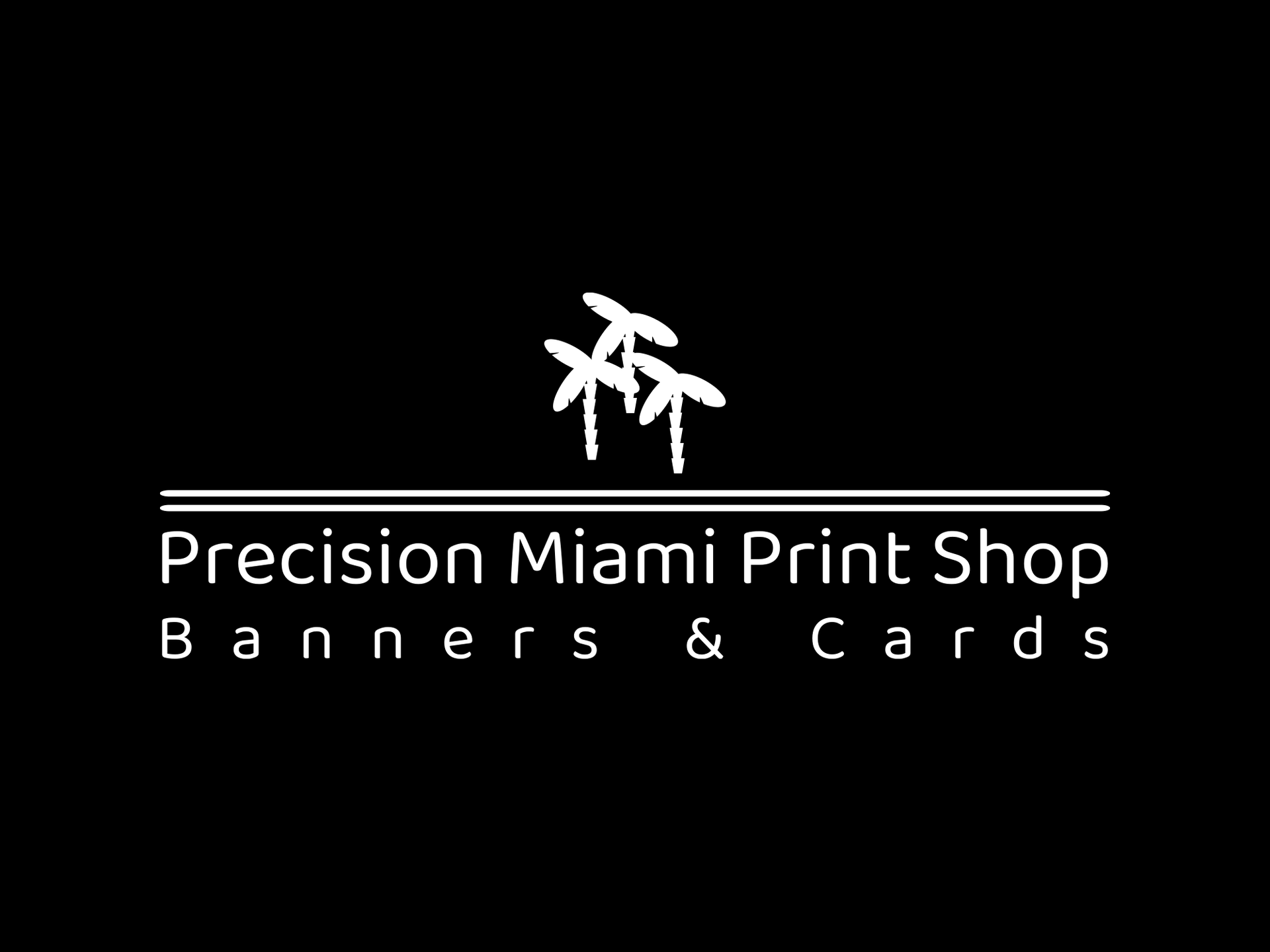In the dynamic world of marketing and promotion, banner printing remains a cornerstone for attracting attention and conveying messages effectively. These banners range from vinyl signs adorning streets to fabric banners at trade shows, each employing various techniques to bring designs to life. With attention to detail in the printing process, banners can be both durable and visually striking. The materials used in banner production are as diverse as their applications, each selected for properties such as weather resistance, texture, and print quality. Vinyl, fabric, and mesh are common choices, each compatible with specific printing methods, such as digital, screen, and eco-solvent printing.
Understanding the principles of design is crucial in creating impactful banners. Not only do the color, contrast, and scale factor into visibility and readability, but they also embody the banner’s message and brand identity. The printing technique itself is informed by the design, with each method offering distinct advantages, whether it’s the vibrant clarity of digital printing or the economic benefits of screen printing for larger runs. Meanwhile, finishing touches such as hemming, grommets, and pole pockets ensure that the banner is functional in its final form, ready to withstand environmental factors and the test of time.
The usage and strategic placement of banners can’t be understated in their role as marketing tools. Proper maintenance and understanding the lifespan of materials help businesses get the most out of their investments. In an era where technology rapidly evolves, staying informed about the latest advancements in printing techniques helps us remain competitive, whether it involves bulk production or custom, limited runs. We will explore these facets of banner printing and more, aiming to give a comprehensive tour of this versatile and essential practice.
Key Takeaways
- Banners are effective marketing tools that use various materials and printing techniques.
- Design and print quality significantly influence the banner’s impact and longevity.
- Strategic placement and maintenance ensure maximum visibility and utility.
Essentials of Banner Materials
In the realm of banner printing, the choice of material plays a pivotal role in the durability and overall effectiveness of the finished product. We will navigate through the intricacies of banner materials and their selection for enduring usage.
Understanding Banner Materials
We recognize an array of materials suitable for banner printing, each offering unique properties. Vinyl
is a popular choice, lauded for its strength and versatility. Typically, vinyl banners can be categorized into two types: standard vinyl
and heavy-duty vinyl
. Standard vinyl is ideal for indoor use, while heavy-duty vinyl thrives in outdoor settings due to its enhanced durability.
Another commonly used material is fabric
, which includes polyester
and canvas
. Polyester banners exude a professional look and feel, are lightweight, and have a slight sheen, making them perfect for both indoor and outdoor events. Canvas, on the other hand, is a heavy-duty material that bestows a classic and high-quality appearance, especially suitable for art reproductions or upscale events.
For specific applications, mesh
material is indispensable. It has a perforated structure allowing wind to pass through, which reduces strain and prolongs the banner’s life, especially in windy conditions.
Here is a comparison table for a quick overview of these materials:
| Material |
Ideal Usage |
Durability |
Special Features |
| Vinyl |
Outdoor & Indoor |
High |
Water-resistant, UV-protected |
| Polyester |
Indoor & Short-term Outdoor |
Medium |
Light diffusing, wrinkle-resistant |
| Canvas |
Indoor Arts & Events |
Medium |
Artist-grade material, Aesthetic appeal |
| Mesh |
Outdoor in Windy Areas |
High |
Wind-resistant, Reduced wind load on structures |
Material Selection for Durability
Our focus on durability steers us towards materials crafted to withstand environmental challenges. When selecting banner material for outdoor use, we consider factors such as UV resistance, waterproofing, and tensile strength. Vinyl excels in these criteria, particularly heavy-duty vinyl, which is treated to resist fading and weathering.
For less demanding conditions or indoor applications, a polyester banner might be the preferred choice. It maintains a balance between aesthetic appeal and resilience. Canvas is less about endurance in harsh conditions and more about delivering a premium, artistic feel for interior displays.
In summary, while the choice of material largely depends on the usage context and desired lifespan of the banner, understanding the distinct qualities of vinyl, polyester, mesh, and canvas allows us to select the most suitable material for our project’s specific needs.
Design Principles for Banners
In our experience with banner design, we understand that the impact of a banner is heavily reliant on its composition and clarity. Our principles focus on a structured layout and high-resolution imagery to capture attention while communicating our message effectively.
Composition and Layout
We prioritize a clear hierarchy
within our designs to guide the viewer’s eye effortlessly across the banner. Key elements include:
- Focal Point:
This is the element we want audiences to notice first.
- Our use of Alignment and Balance
ensures a symmetrical or asymmetrical layout that adds stability to our design.
- We integrate Whitespace
strategically, allowing each part of our message to stand out without overwhelming the viewer.
To achieve an engaging composition, we implement the following sequence:
- Identify the message purpose.
- Slot in the company logo and tagline.
- Place the main message/headline.
- Incorporate any subtext or calls-to-action.
- Finalize with contact information and social media handles.
Image and Resolution Fundamentals
In dealing with images
, our primary rule is to use high-resolution and full-color graphics that relate to the banner’s purpose. We consider the following specifics:
- Resolution:
For crisp and clear print output, we ensure images are 300 dots per inch (dpi) at the actual size of the banner.
- File Format:
We typically work with .TIFF
or .EPS
files for lossless quality.
- Color Mode:
We hardwire our artwork in CMYK
color mode to accurately translate colors from digital to print.
Here’s a quick checklist we use for images in our banners:
Adhering to these design and image resolution principles, we, as graphic designers, can create persuasive and memorable banners that resonate with our intended audience.
Overview of Banner Printing Techniques
In our overview, we examine two prominent techniques in banner printing—Digital Printing Process and Screen Printing Method—each offering unique benefits depending on your project’s needs.
Digital Printing Process
In digital printing, we utilize large-format inkjet printers to deposit pigment or dye-based inks directly onto banner material. This technique allows for a wide range of colors
and detailed images, adhering to the minute intricacies of any design. Here’s what we typically consider when employing digital printing:
- Ink Types
: We choose from solvent, eco-solvent, latex, or UV-curable inks, each offering varying degrees of durability and color saturation.
- Color Capabilities
: Digital printing provides us with a full spectrum of colors, enabling the production of photorealistic images and gradients.
- Material Suitability
: Ideal for both indoor and outdoor use, the material choice often includes vinyl, fabric, or mesh, with the latter being perfect for windy locations.
Materials such as polyester can also benefit from dye sublimation printing, where heat transforms the solid dye particles into a gas, bonding them to the fabric, resulting in vibrant and durable colors.
Screen Printing Method
Screen printing, on the other hand, is a more traditional technique in which we apply layers of ink onto the banner surface through a prepared mesh screen—one color at a time. Here’s why screen printing might be preferable in certain scenarios:
- Ink Durability
: The inks used in screen printing are renowned for their long-lasting qualities, making them a go-to for outdoor banners subjected to harsh conditions.
- Vibrancy
: Due to the thicker application of inks, colors come out exceptionally vibrant, even on darker materials.
- Cost-Effectiveness
: For large runs of the same design, screen printing can be more economical due to the lower cost per unit after the initial setup.
However, it’s worth noting that the technique’s color range is limited by the number of screens we use, and the process is less suitable for complex or multi-colored images compared to digital printing.
Finishing Touches on Banners
When we finalize our banners, it’s essential to pay attention to hemming and grommets for durability, as well as pole pockets and hanging options for display versatility.
Hemming and Grommets
Hemming is the process of folding and sewing the edges of the banner material to create a reinforced border. This gives the banner a polished look and prevents fraying, ensuring that it can withstand the rigors of display without damage. We typically use a heat-sealing technique for vinyl banners to create a crisp, durable hem.
Grommets
are metal rings that are punched into the banner’s hem. They are a critical feature for hanging and securing the banner in place. Here’s how we ensure they are applied correctly:
- Spacing
: We maintain equal distance between grommets, depending on the size of the banner, to ensure even tension when hanging.
- Placement
: We place grommets at the corners and along the hemmed edges for maximum support.
- Materials
: We use high-quality metal grommets that are rust-resistant to extend the life of the banner, especially important for outdoor use.
Pole Pockets and Hanging Options
Pole pockets are an alternative to grommets for displaying banners. We create pole pockets by folding over the banner material and sealing it, either through sewing or heat welding, to allow a pole to slide through. This technique is suitable for vertical suspension and parade banners where poles are used to hold the banner aloft.
We consider the following for pole pockets:
- Size
: We ensure the diameter of the pocket is slightly larger than the pole for easy insertion without compromising on snugness.
- Placement
: We add pole pockets typically at the top and bottom or sides of the banner, based on the intended hanging orientation.
For other hanging options, we provide:
- Adhesive hangers for small indoor banners.
- Ropes or bungee cords for flexible outdoor hanging.
- Snap and hook systems for frequent banner changes.
By focusing on hemming, grommets, and pole pockets, we give our banners the structural integrity they need for both indoor and outdoor settings. Our hanging solutions accommodate various situational needs to ensure that the banner remains securely in place and visually appealing.
Banner Usage and Placement
When we discuss banner usage and placement, we refer to strategies and considerations for maximizing the visibility and impact of banners. We consider factors like location, audience traffic, and the nature of the environment—outdoor or indoor.
Outdoor versus Indoor Banners
- Location:
Choose high-traffic areas for maximum exposure. Examples include busy streets, event entrances, or near landmarks.
- Durability:
Outdoor banners should be made with weather-resistant materials to withstand elements like wind, rain, or sunlight.
| Materials |
Features |
Benefits |
| Vinyl |
Water-resistant |
Ideal for rain exposure |
| Mesh |
Wind-permeable |
Reduces wind pressure |
| Polyester |
UV protection |
Maintains color vibrancy |
- Placement:
Ensure they’re visible from different angles, especially in large halls or within trade shows.
- Hardware:
Consider using banner stands that are easy to move and adjust as needed for various indoor events.
Effective Banner Placement Strategies
- Visibility:
We place banners where they are most visible to our target audience, which often means at eye level and unobstructed by other signage.
| Placement Type |
Considerations |
| Eye-level |
Most direct line of sight |
| Above eye-level |
Visible over a crowd |
| Path of foot traffic |
Aligns with natural movement through a space |
- Context:
Contextual placement connects the banner content with its surroundings—placing a sports-related banner at a sports venue, for example, to increase relevance and engagement.
Banner Longevity and Maintenance
When it comes to banners, our primary goal is to maximize longevity without sacrificing quality. Proper maintenance is crucial in achieving this balance.
Maintaining Banner Quality
Regular Cleaning:
Depending on the environment, we recommend cleaning your banner regularly with a soft, damp cloth to prevent dust and dirt accumulation which can degrade printing and material quality over time.
Proper Storage:
It’s essential to store banners rolled with the graphic facing inward, away from direct sunlight and extreme temperatures to avoid fading and cracking.
Tips for Extending Banner Life
Installation:
Ensure banners are securely installed to avoid damage from wind or sagging. Opt for grommets or pole pockets to distribute weight evenly.
Material Choice:
We suggest using high-quality, durable materials like vinyl for outdoor banners. This ensures resilience against weathering, tearing, and fading.
Specialized Banner Types
In our exploration of specialized banner types, we focus on materials designed for both durability and specific environmental considerations. These include mesh banners suitable for outdoor use and banners made from fabric and vinyl, each with their distinct advantages for certain applications.
Understanding Mesh Banners
Mesh banners are characterized by their perforated surface, which allows wind to pass through. This feature makes them ideal for use in high-wind areas where traditional banners would act as a wind sail. Our construction of mesh banners utilizes a durable vinyl material, where the typical composition is:
- Material:
Vinyl
- Design Feature:
Small holes (perforations)
- Purpose:
Reduce wind resistance
We produce mesh banners in various densities depending on the level of transparency and wind resistance required. The heavier the material, the less transparent the banner becomes.
Exploring Fabric and Vinyl Options
We differentiate our banner offerings by the base materials used:
- Fabric Banners:
- Material:
Typically polyester blend
- Attributes:
Lightweight, vibrant print quality, soft texture
- Uses:
Indoor settings, trade shows, and upscale environments
- Vinyl Banners:
- Material:
Polyvinyl chloride (PVC)
- Attributes:
Heavy-duty, weather-resistant, easy to clean
- Uses:
Both indoors and outdoors, more economical for large formats
Our fabric options provide a sophisticated look, often selected for their aesthetic appeal and ease of portability, while our vinyl banners are chosen for their robustness and versatility in various settings. Each material is printed with state-of-the-art technology, ensuring sharp images and bright colors, and can be tailored to the customer’s size and finishing specifications.
Print Production and Proofing
In banner printing, ensuring the final product meets our quality standards is fundamental. We emphasize a meticulous planning stage and rigorous proofing processes.
Pre-Production Planning
In pre-production planning, we first ensure compatibility between the banner design and our printing capabilities. We closely examine aspects such as dimensions
, color schemes
, and graphic resolution
to guarantee the design is optimized for our printing technology. It’s critical to select the right materials and ink for durability, especially for banners that will be displayed outdoors. Our checklists for planning include:
- Design Specifications
: Ensuring all graphics are high-resolution and in the correct format.
- Material Selection
: Choosing materials that suit the client’s needs and the banner’s intended use.
- Print Method Determination
: Deciding between digital, screen printing, or flexography based on the project size and complexity.
Proofing and Quality Checks
Once the design and planning are set, we move to proofing. Soft proofing, or previewing the printed image on a monitor, is a preliminary step we use to predict results and make adjustments before hard proofing, where we print a sample to check the fidelity of the design to the digital file.
For quality checks, we meticulously inspect these proofs for color accuracy, clarity, and any potential issues that could arise during the full production run. Important steps of our proofing phase include:
- Digital Proof
: Evaluating a digital representation for immediate revisions.
- Printed Proof
: A physical sample that undergoes detailed inspection.
- Approval Process
: Gaining the final nod from all stakeholders before proceeding to production.
We uphold strict quality control throughout production to deliver banners that make an impact.
Marketing Considerations
In banner printing, understanding the intricacies of how a design caters to your target audience and the material’s function in marketing strategies is paramount. We’ll now explore the subsections to adequately address these facets.
Designing for Target Audiences
When crafting banner designs, our primary focus is on the target audience. Specific demographics have distinct preferences, and it’s essential to tailor our visuals and messages accordingly. We ensure that fonts, colors, and imagery resonate with our intended viewers, thereby maximizing the banner’s impact. For example:
- Young Adults (Ages 18-30):
Bold, vibrant colors and contemporary typefaces typically garner more attention.
- Professional Audience:
Cleaner fonts and muted tones convey a sense of sophistication and trust.
Using Banners as Marketing Materials
Banners are versatile tools in our marketing arsenal. Their large format makes them ideal for displays and backdrops, capturing attention in busy settings. As marketing materials, banners can fulfill various roles:
- Displays:
Banners can act as standalone features at events or in high-traffic areas to communicate a message decisively.
- Backdrops:
Larger banners serve as compelling backdrops for events or presentations, reinforcing brand presence.
- Flags:
Feather or teardrop flags are used outdoors to provide a dynamic, eye-catching motion that draws interest.
For each application, we select materials that complement the banner’s purpose—outdoor banners require weather-resistant fabrics, while indoor banners might use higher-quality, detail-oriented prints.
Bulk Printing and Economies of Scale
In our exploration of banner printing techniques, we recognize that bulk printing is integral to achieving economies of scale. Bulk printing allows us to significantly reduce the cost per unit, making large orders financially more viable for our clients. When we process high-volume orders, the fixed costs associated with setting up printing equipment are distributed over a greater number of banners, thereby lowering the individual cost of each one.
Advantages of Bulk Printing:
- Cost Efficiency:
By consolidating numerous individual prints into one bulk order, we optimize the use of materials and minimize waste, leading to a more economical production cycle.
- Time Management:
Printing in bulk means that the time taken per print decreases as the setup time is amortized over a large batch, allowing for faster turnaround times.
- Consistency:
Our methods ensure that each unit in a bulk order maintains consistent quality. This consistency is key to branding and visual communication strategies.
Considerations for Bulk Orders:
- Bulk orders may require a higher initial investment, but this is offset by the lower unit cost.
- Storage and distribution need to be planned as bulk printing can result in substantial volume.
We use advanced printing technologies, like the Colorwings Texjet 254 printer, designed specifically for large-format jobs such as flags and banners. These printers support us in delivering detailed and vibrant prints for all bulk orders.
| Quantity |
Unit Cost Savings (%) |
| 50 – 100 |
10 |
| 101 – 250 |
15 |
| 251 – 500 |
20 |
| 501 and above |
25 |
To summarize, our bulk printing solutions not only offer an economical path for clients requiring large quantities but also assure quality and efficiency. Through careful planning, we leverage economies of scale to provide both cost-effective and high-quality banner printing services.
Advancements in Printing Technology
In the realm of banner printing, technological advancements have ushered in new methods that enhance quality and efficiency. We have seen significant developments in areas such as dye-sublimation and UV printing, which now play pivotal roles in producing vibrant and durable banners.
Exploring Dye-Sublimation
Dye-sublimation printing has become a game changer for fabric banner printing, enabling us to produce high-resolution images with a rich color profile. The process involves turning a solid dye into a gas without passing through a liquid state, using a heat press. This technology stands out
for its ability to bond the ink directly with the fibers of the material, resulting in graphics that are:
- Long-lasting:
The dye becomes part of the fabric which resists fading and cracking.
- Vibrant:
It produces deep and true-to-life colors.
Our printers have evolved to support this method, offering both speed and precision, making it an increasingly preferred technique for printing flags, backdrops, and other fabric banners.
Benefits of UV Printing
UV printing has transformed the way we approach non-fabric banners, using ultraviolet lights to cure the ink as it’s printed. This technique is known for its:
- Speed:
UV-cured inks dry instantaneously as they come off the printer, accelerating the production process.
- Durability:
The ink is resistant to fading, scratches, or smearing.
We have adopted UV printing due to its ability to print on a variety of materials including vinyl, plastic, and even metal. This versatility and the environmental advantage of UV inks being free from solvents, make it a sustainable choice in our printing processes.
Applications and Case Studies
In this section, we’ll explore real-world scenarios where banner printing techniques have been successfully applied, as well as evaluate the outcomes through specific case studies.
Banner Success Stories
Banner printing has played a pivotal role in marketing campaigns due to its visual appeal and ability to reach a broad audience. Successful applications
often involve high-quality printing methods like digital or screen printing, which ensure durability and color fidelity.
- Durability in Outdoor Advertising
: By utilizing UV-cured inks, banners retain their vibrancy for prolonged outdoor use, resisting weather effects.
- Eco-Friendly Solutions
: The adoption of eco-solvent inks has not only reduced environmental impact but also catered to the increasing demand for green marketing.
Case Study: Effective Banner Campaigns
Through careful examination of banner campaigns, we gain insights into the strategic use of these promotional tools.
- Small Business Promotions
: A local bakery managed to increase walk-in customers by 20% post the deployment of eye-catching banners around the neighborhood, proving the efficacy of targeted local advertising.
- Event Marketing
: At a music festival, banners with QR codes linked to schedules and vendor information enhanced attendee experience and streamlined event logistics.
By analyzing these various applications and case studies, we enhance our understanding of banner printing’s effectiveness and versatility in marketing.
Frequently Asked Questions
In this section, we provide detailed answers to some of the most common inquiries about banner printing techniques, ensuring you have the clear information needed for creating high-quality banners.
What are the most common printing methods used for roller banners?
The most common printing methods for roller banners include digital printing, which is excellent for high-definition images and small to medium volumes, and screen printing, which is cost-effective for large volume orders.
Can you describe the step-by-step process involved in printing a banner?
For digital printing, the process begins with designing the artwork on a computer. Then, we set up the digital printer with the chosen material and ink. Next, the digital print head transfers the ink onto the material, reproducing the digital artwork. Finally, the printed material is cut to size and finished with any additional features, like hems or grommets.
What is the recommended material to use for durable banner printing?
For outdoor banners, vinyl is often recommended due to its durability, resistance to weather conditions, and capacity to hold vibrant colors. For indoor banners, polyester fabrics are popular for their light weight and professional finish.
How does printing resolution affect the quality of a printed banner?
Higher resolution printing results in sharper images and clearer text on banners. It is essential for large banners viewed from a close distance to have high-resolution printing to avoid pixelation and blurred visuals.
What are some beginner-friendly techniques for printing banners?
For those new to banner printing, digital printing is one of the most accessible methods. It requires less manual setup than screen printing and can be done with smaller, more affordable printers. It’s also easier to experiment with designs, as changes can be made directly on the computer.
How can one ensure color accuracy during the banner printing process?
To ensure color accuracy, we use color profiles that match the printer, ink, and material. Conducting a print test with a color chart before full-scale printing can help verify that the colors match the original design. Regular calibration of the printing devices is essential to maintain consistent color accuracy.…
